Same Day Shipping EMI & COD on most products
Trusted Partner Since 1969
GST B2B Billing  Help
Help  00919699976817
00919699976817
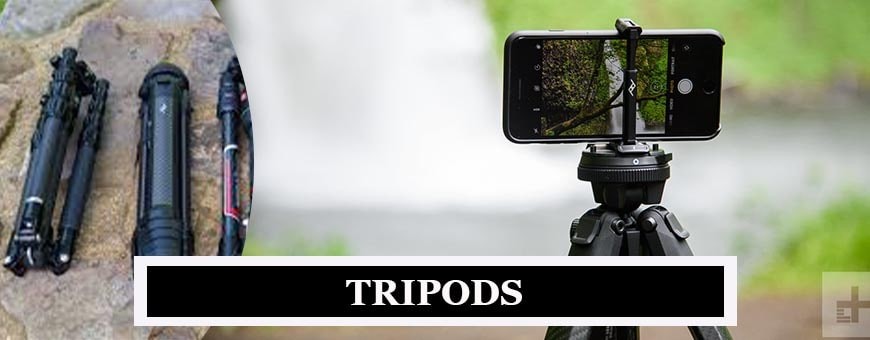

Showing 1–24 of 772 results
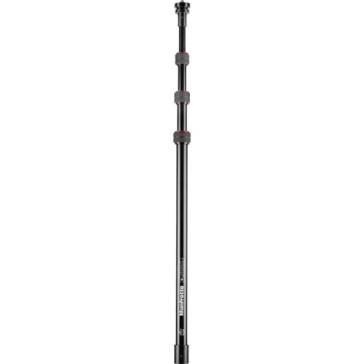
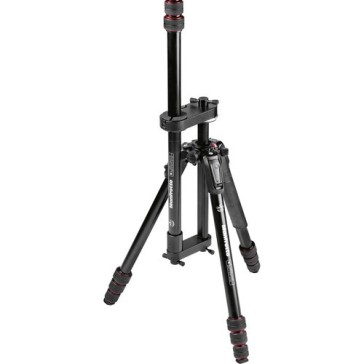
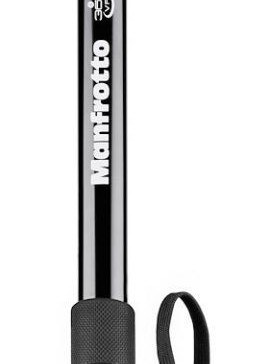
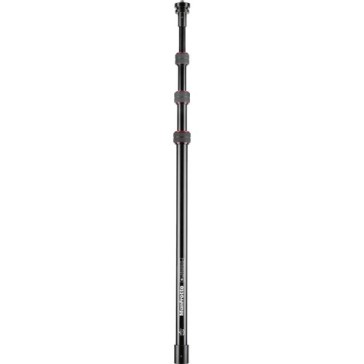
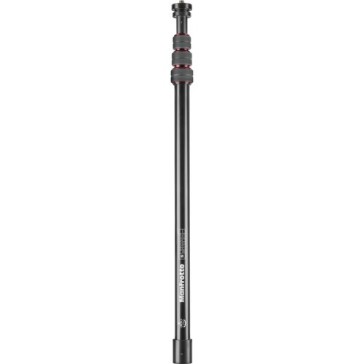
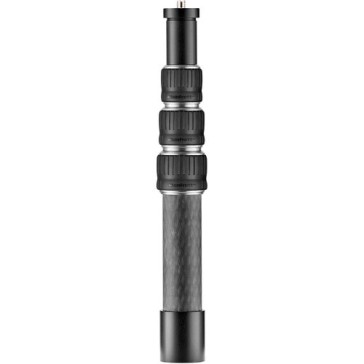
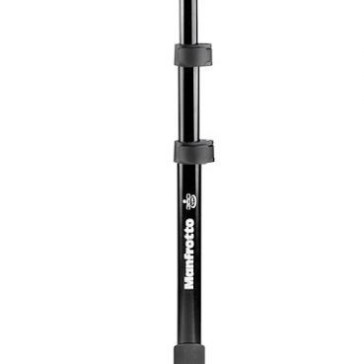
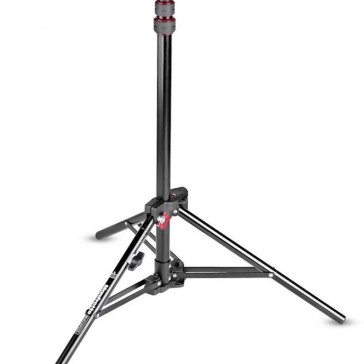
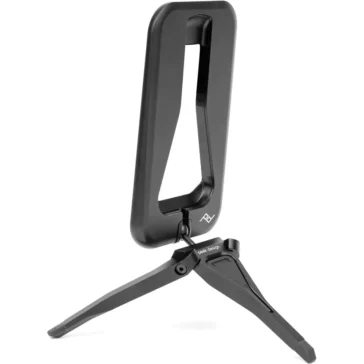
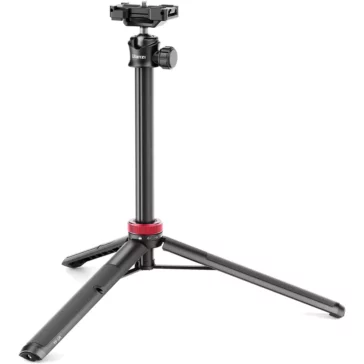
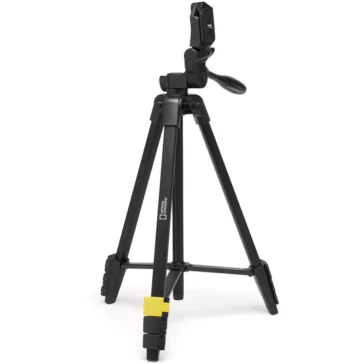
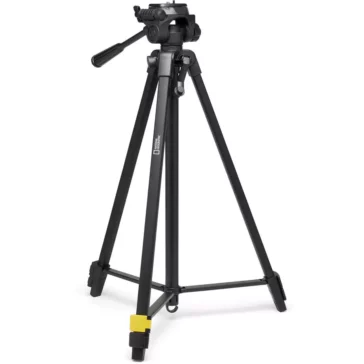
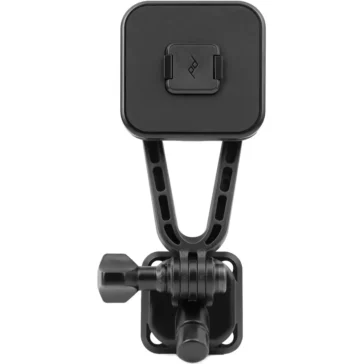
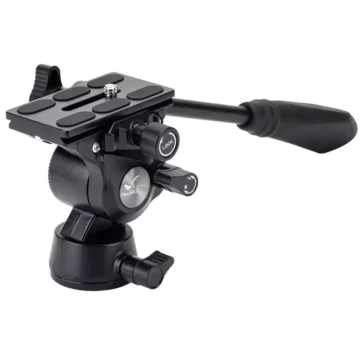
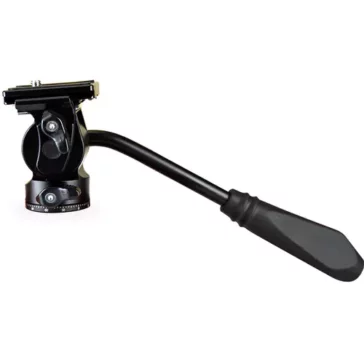
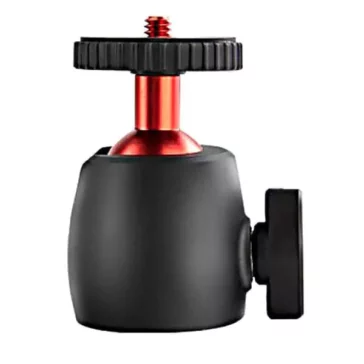
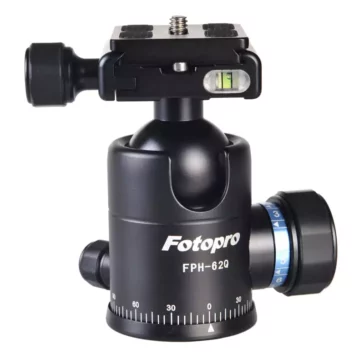
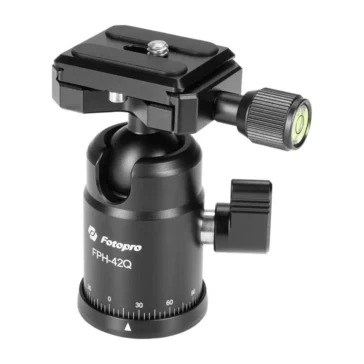
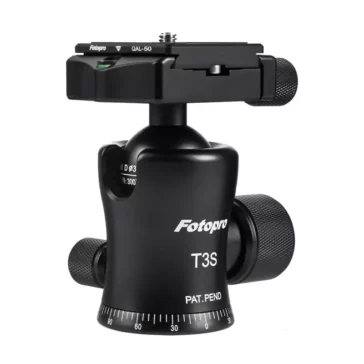
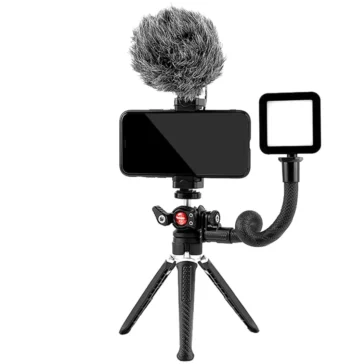
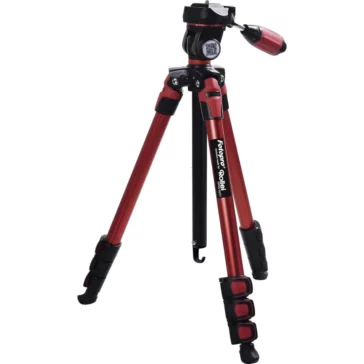
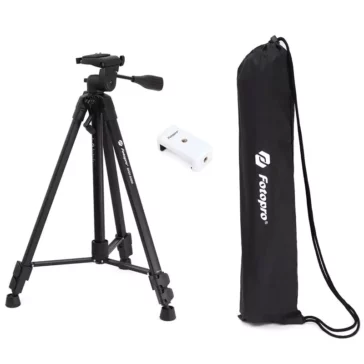
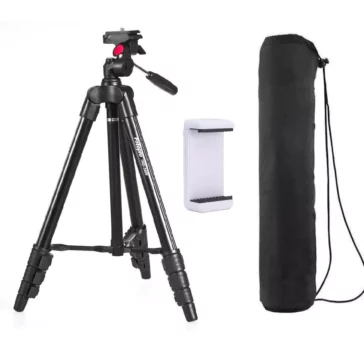
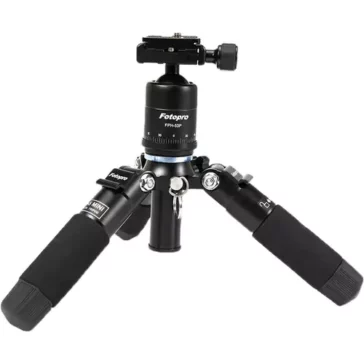
The Ultimate Guide to Tripods: Elevate Your Photography Game
Photography is an art that requires precision, patience, and the right equipment. One of the most essential tools in a photographer’s arsenal is the tripod. Whether you’re a professional photographer or a budding enthusiast, understanding the importance and functionality of tripods can significantly enhance the quality of your shots.
Why Use a Tripod?
Stability: Tripods provide a stable platform, ensuring that your camera remains steady. This is crucial for long exposure shots where even the slightest movement can result in a blurred image.
Composition: With a tripod, you can take your time to frame your shot perfectly, adjusting the camera’s position minutely until you achieve the desired composition.
Versatility: Modern tripods come with various features like adjustable heights, rotating heads, and tilting mechanisms. This versatility allows photographers to capture shots from unique angles and perspectives.
Types of Tripods
There are several types of tripods available in the market, each designed for specific photography needs:
Standard Tripods: These are the most common type, suitable for general photography needs. They offer stability and are usually lightweight.
Travel Tripods: Designed for photographers on the go, these tripods are compact and lightweight, making them easy to carry during travels.
Studio Tripods: Built for professional studio setups, these tripods are robust and can support heavy camera equipment.
Flexible Tripods: With bendable legs, these tripods can be attached to various surfaces, offering creative shooting opportunities.
Choosing the Right Tripod
When selecting a tripod, consider the following factors:
Material: Tripods are typically made of aluminum or carbon fiber. While aluminum tripods are durable and cost-effective, carbon fiber tripods are lighter and more resistant to corrosion.
Height: Ensure the tripod’s maximum and minimum height suits your photography needs.
Load Capacity: Always check the tripod’s weight capacity to ensure it can support your camera and lens.
Head Type: Tripods come with different head types like ball heads, pan-tilt heads, and fluid heads. Choose one based on your shooting requirements.
In conclusion, a tripod is an indispensable tool for photographers. Investing in a quality tripod can elevate your photography game, ensuring sharp, well-composed shots every time.
Stability is crucial in photography, especially for long exposure shots. Without a stable platform, the camera can move slightly, resulting in blurred images. A tripod ensures that the camera remains steady, producing sharp images.
A tripod allows photographers to frame their shots meticulously. With the camera securely mounted, one can adjust its position minutely, ensuring the perfect composition. It also enables hands-free operation, allowing photographers to focus solely on framing.
Carbon fiber tripods are lighter than their aluminum counterparts, making them easier to carry. They are also more resistant to corrosion, ensuring longevity. While they might be pricier, their durability and lightweight nature often justify the cost.
The load capacity of a tripod indicates the maximum weight it can support. To determine the right load capacity, consider the combined weight of your camera, lens, and any additional equipment you might mount. Always choose a tripod with a capacity greater than your equipment’s total weight to ensure safety and stability.



Most units are shipped same day using professional courier services with tracking.
We work round the clock to ensure you get the highest level of customer satisfaction.
Well packed, Sealed Units are shipped from our warehouse which are waterpoof & sturdy.
Design Info
GST: 27AYUPJ2628P1ZK
No.1, Saremals, Shastri Hall Building,
Nana Chowk, Grant Road West,
Mumbai 400007, Maharashtra, India
New Delhi Branch – South Ex 2, 110049
Also Ships DAILY from Brisbane, Dubai,
Berlin, Barcelona, Detroit & Vancouver.
Connect online / schedule a demo
Call/WhatsApp: +91-9699976817
Email: [email protected]
Live Chat: Business Hours
Follow Us: @designinfo.in
Copyright © 2014-2022 Design Info All Rights Reserved. Feedback on web experience
Since 1969